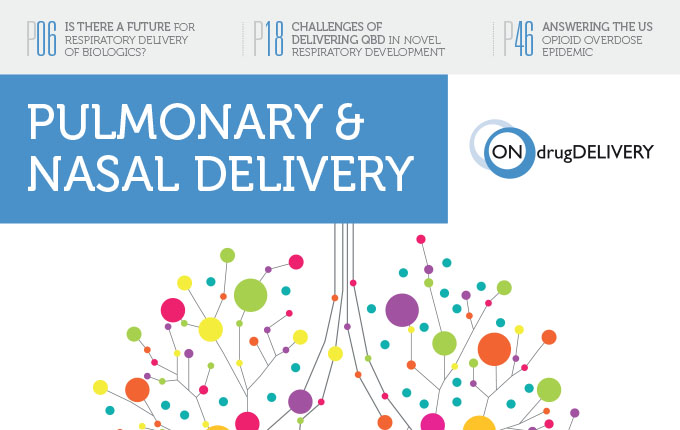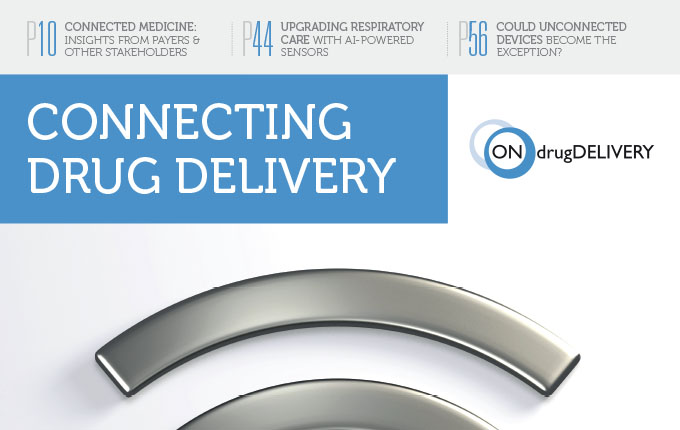Another crucial development in this realm is the exploration of novel characterization methods to demonstrate the bioequivalence of orally inhaled drug products (OINDPs). Traditional methods for establishing bioequivalence are complex and resource-intensive, requiring extensive clinical studies. Nanopharm, has integrated in vitro and in silico models within its SmartTrack™ platform, enabling a streamlined demonstration of bioequivalence with fewer endpoints. This approach not only facilitates early-stage drug development and regulatory approval but also fosters a multidisciplinary perspective among scientists. Such collaboration is crucial for embracing complex methodologies like physiologically based pharmacokinetic (PBPK) modelling techniques, enhancing patient outcomes through a holistic view of drug product lifecycles.
The integration of technology in mirroring real-world complexities presents its own set of challenges, particularly in clinical trials, where patient variability can significantly impact outcomes. Partnerships, like that with Fluidda, are pioneering the use of machine learning and computational fluid dynamics (CFD) simulations to address these challenges. By focusing on sensitivity analysis and stratifying sample populations based on critical factors rather than traditional biomarkers, a more accurate and efficient trial design is possible. This in-silico approach not only enhances trial efficiency but also contributes to a deeper understanding of bioequivalence, paving the way for innovations that promise better patient care and sustainability in pharmaceuticals.
Learn more about Aptar Pharma Expertise
in Nasal Drug Delivery
Learn more about Aptar Pharma Expertise
in Inhalation Drug Delivery
This Might Also Be of Interest
Microbial integrity testing for preservative-free drug formulations
Publications, Pharmaceutical, Innovation & Insights, Drug Delivery Innovations, Product Solutions

Interview with Guillaume Brouet on Aptar Pharma Services
Publications, Pharmaceutical, Innovation & Insights

Aptar Pharma provides guidance on FDA regulatory framework for OINDPs
Webinars, Pharmaceutical, Innovation & Insights, Market Insights, Product Solutions

Connected Medicine: Insights from Payers and Other Stakeholders
Publications, Pharmaceutical, Brand Differentiation, Product Solutions, Innovation & Insights, Drug Delivery Innovations

